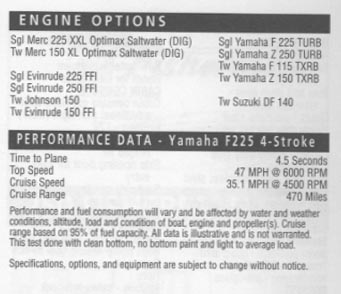Bls Study Guide Red Cross 2017
Introduce yourself to the adult BLS procedure: chest compressions, establishing airway, giving breaths, and using AED for defibrillation. Also, learn the difference between CPR with one rescuer and CPR with two rescuers. Learn how to perform adult BLS and CPR as a lone rescuer. Use the provided diagrams to thoroughly engage yourself in the step-by-step CPR process. Learn how to perform adult BLS and CPR as part of a two-rescuer team. Further, master your skills in giving bag mask ventilation to adults. Utilize a detailed infographic to further your knowledge about the adult BLS algorithm. Become an expert in using the AED by learning about its importance, ease of use, and its safety features. In addition, use the provided diagrams and video to prepare yourself for step-by-step AED use during BLS. Familiarize yourself with the similarities and differences between adult and children BLS, so you are prepared to assist either during time of need.

Learn step-by-step procedures for one-rescuer and two-rescuer BLS for children. Utilize a detailed infographic to further your knowledge about the pediatric BLS algorithm. Learn about ventilation and proper techniques of using masks in children. Familiarize yourself with the similarities and differences between children and infants BLS, so you are prepared to assist either during time of need. Further, learn step-by-step procedures for one-rescuer and two-rescuer BLS for infants. Use the provided diagrams and video to prepare yourself for step-by-step AED use during BLS for infants and children. Using diagrams and step-by-step procedures, learn how to provide rescue breathing, including mouth-to-mouth for adults, children, and infants, and mouth-to-nose for infants.
Bls Study Guide Red Cross 2017 Lifeguarding
Use tables and diagrams to familiarize yourself with signs of choking, degrees of obstruction, and responding to and rescuing actions for choking. Learn age-appropriate ways to relieve choking in adults, children, and infants, using the Heimlich maneuver, back blows, and chest thrusts.
Check, and replace as needed.  Check, replace or clean. Dirty or restricted fuel filter. A pinched or restricted fuel line. Air vent must be open and free from contaminants.
Check, replace or clean. Dirty or restricted fuel filter. A pinched or restricted fuel line. Air vent must be open and free from contaminants.